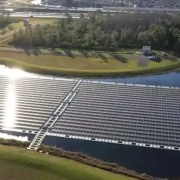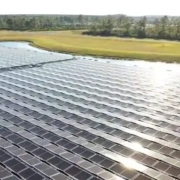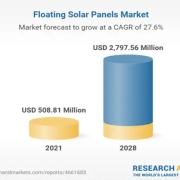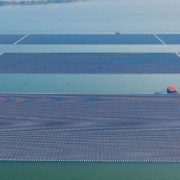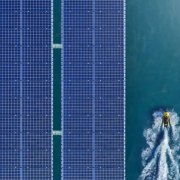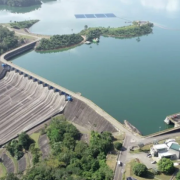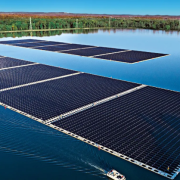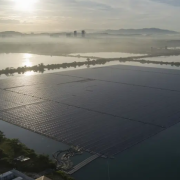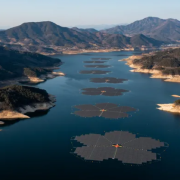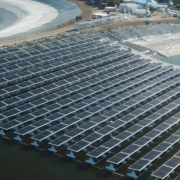The largest floating solar array in the Southeast U.S. is officially generating clean energy right here in Central Florida. The array is made of 2,236 solar panels, each roughly the size of a pool table, and it’s projected to cut energy costs at the water plant by 25% per year while limiting the impact on land and wildlife, according to county officials.
Orange County unveiled the largest floating solar array in the Southeastern United States situated on a 3.6-acre pond at the Southern Regional Water Supply Facility. This innovative project marks a significant step towards achieving the County’s sustainability and resilience goals.
Click here to read the full article
Source: West Orlando News
—
If you have any questions or thoughts about the topic, feel free to contact us here or leave a comment below.

